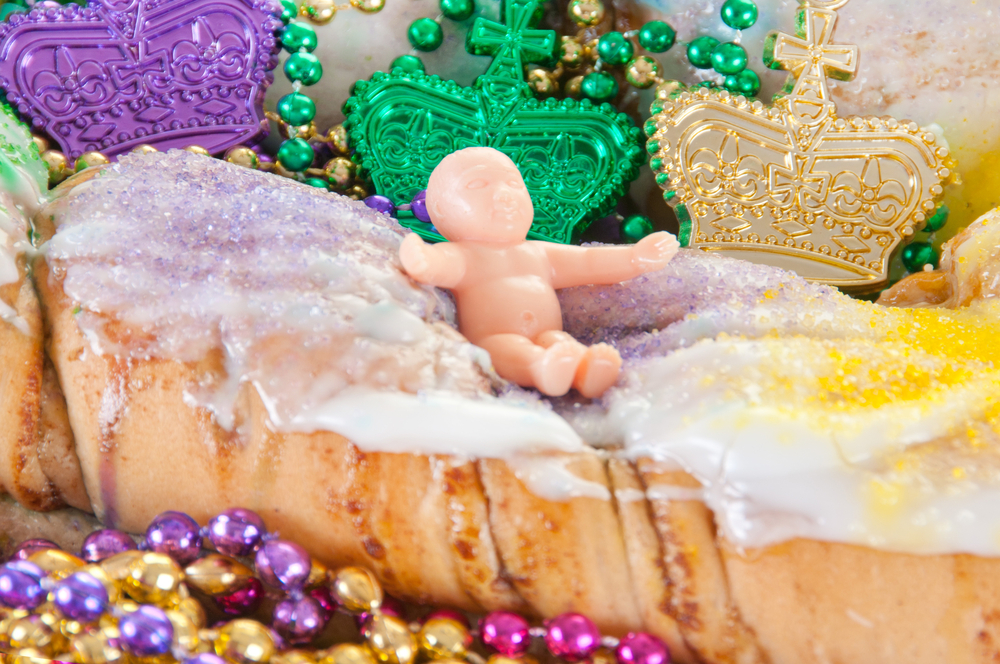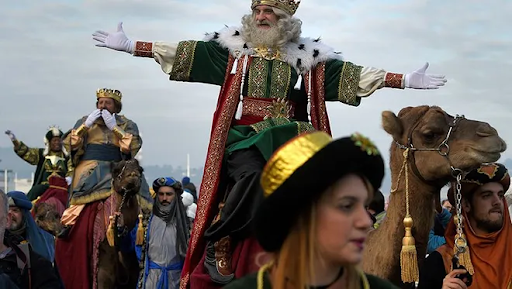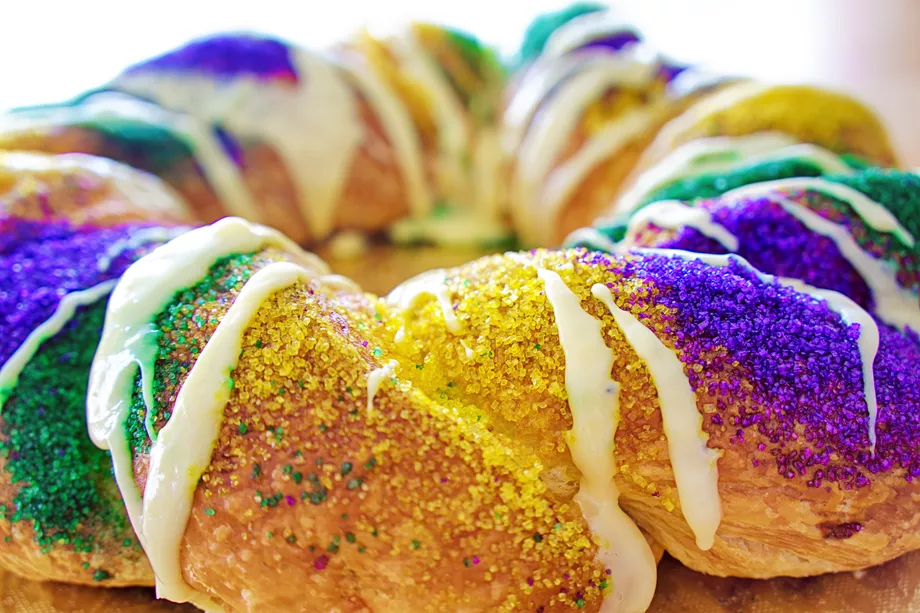Include a Topper!
-
Happy Birthday Banner
$9.00 -
Gingerbread Cake Topper
$15.00
Add Ons
Your cart is currently empty!
Since 1949 celebrating 75 years. Order online or call us at 1 800 GAMBINO (426-2466)

Many consider December 25th and Christmas Day to be the end of the Christmas season. Trees and decorations are taken down before the new year begins and the idea of continuing to feast after that belly-busting Christmas dinner is unthinkable. But for those who know the 12 Days of Christmas as more than a seasonal ear-worm of a song, the nearly two-week period between December 25th and January 6th is a prolonged party leading to the Feast of the Epiphany and the start of Carnival season.
Two of the most important days on the Christian calendar are the birth of Christ and the revealing of his divinity. By 354 A.D., Christ’s birth was being celebrated on December 25th in much of the Roman Empire. Not long after, January 6th became known as the Feast of the Epiphany, Twelfth Night, or Three Kings Day. This holy day marked the visitation of the Holy Family by the Three Wise Men. Christ’s divinity was said to be revealed when the Three Kings found him by following a star which fulfilled a prophecy of the King of the Jews having been born.

Just as there are 12 days marking the celebration of Christmas, Epiphany isn’t just on January 6th. Instead, depending on a person’s sect of Christianity, the season of Epiphany begins with the Feast and continues for several weeks until Ash Wednesday when the start of the Lenten season replaces it.
Because the Feast of the Epiphany is one of the oldest Christian holidays, there are a multitude of ways to celebrate it around the world. For many Catholics, January 6th is the day to take down all the Christmas decorations and attend a Mass where the official date of Easter is set for that year. In Protestant Christian denominations, Epiphany begins with sermons on the miracles Christ worked throughout his life. In parts of Latin America and Europe, priests bless chalk which is used to write the initials of the Three Wise Men and “May Christ Bless This House” on the entryway of homes. In places like Spain and France, the day is celebrated with a special emphasis on the Three Kings and the Magi bring gifts to children. It’s also in Spain and France where the tradition of a special pastry, known as a King Cake, was born.
The first mention of a King Cake, or Gateau de Rois, was in the 1300s when the cakes were made to “guide the Three Kings” to the Epiphany. In France at that time a bean was baked into the cake and whoever found it was made “King for the Day” and was expected to provide the next year’s cake. It’s not known exactly when the French began to replace the bean with a porcelain crown to represent the Three Kings and Christ child, but once they did, the tradition caught on.
In Spain and Latin America, the Rosca de Reyes was made with a sweet dough and studded with cherries, nuts, and other fruits. They were made into open circles or ovals to represent a crown and/or the circular route the Three Wise Men took to evade King Herod’s men while they looked for the Christ child. They too placed either a bean, a piece of candy, or a porcelain trinket in the cakes for a lucky guest to find.
While these cakes are still made in their respective countries today, what is perhaps the most famous version of a King Cake is found here in New Orleans. Scholars debate exactly when the King Cake was introduced to the Gulf Coast. Some claim it was Iberville himself who brought the tradition. Others claim it was simply French and Spanish immigrants coming to the colony who brought the King Cake with them for Twelfth Night celebrations.

Regardless of how it came to the city, by the 1870s, the King Cake was firmly cemented in Twelfth Night and Carnival season revels. The Krewe of Rex created the Carnival colors in 1872, purple for justice, green for faith, and gold for power, and these colors began to top King Cakes in the form of bright sugars not long after. As for that plastic baby in the cakes, that’s not only a holdover from the Medieval traditions of Spain and France. They were also a practical way for local bakers to save money when the ceramic and porcelain trinkets became expensive in the 1940s and 50s.

Today, New Orleans style King Cakes are large ovals which can be filled with a variety of fruits, nuts, or cream cheeses. They are either made with a cinnamon-roll like dough or from Brioche. Both are delicious. And whether you’re longing to try one of these Epiphany wonders for the first time or the hundredth, Gambino’s has you covered. With nearly a dozen varieties to choose from, there will be something to suit everyone’s taste.
Happy Feasting!